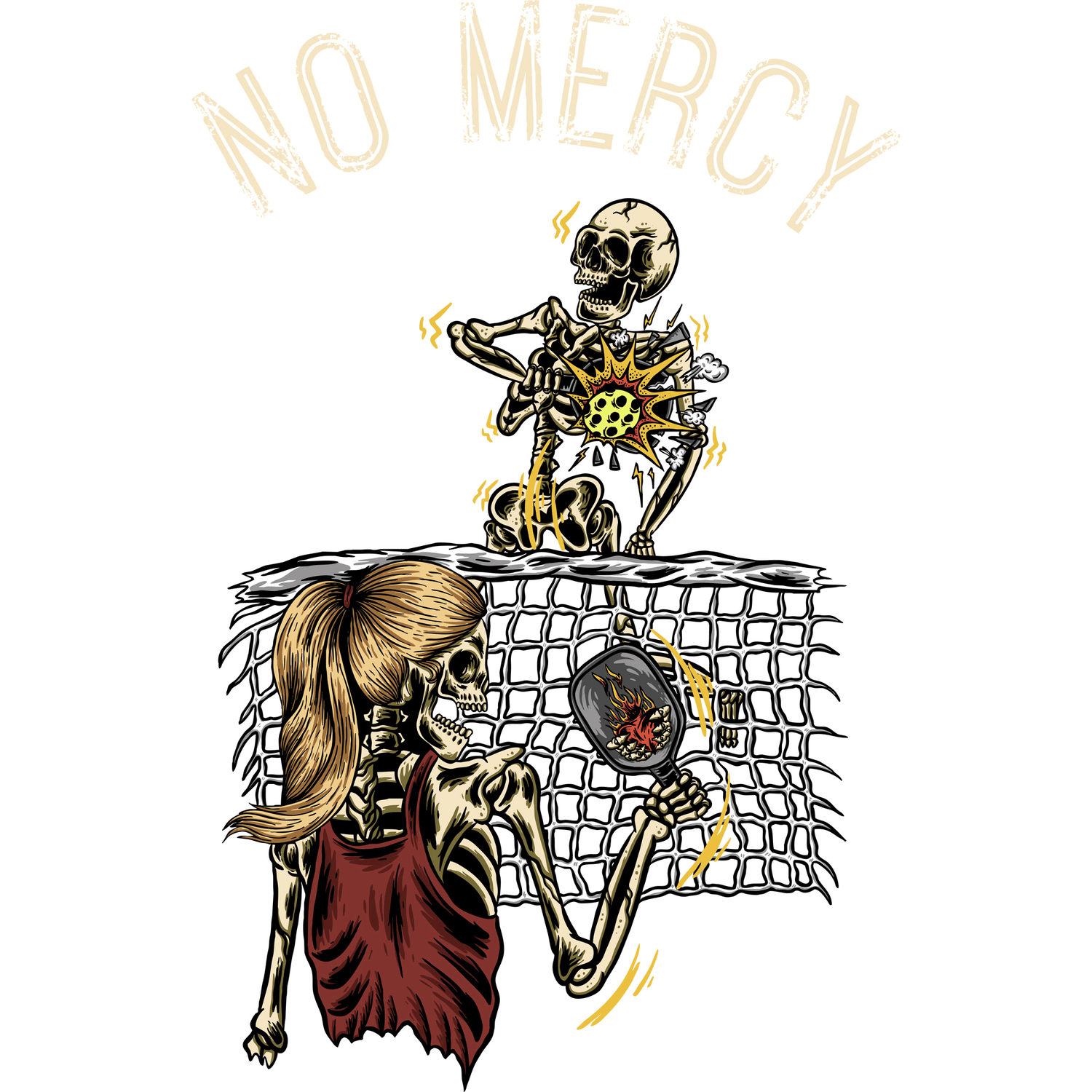The Arbutus unedo, or Strawberry Tree, is a true rockstar of the garden. It’s an evergreen that boasts beautiful bell-shaped flowers, fascinating bark, and edible (if a bit gritty) fruits that look like tiny strawberries—all at the same time! It's tough, drought-tolerant, and brings year-round interest. So, you got one, planted it, and now... it’s looking a little sad. What gives?
Growing this Mediterranean marvel is generally straightforward, but a few common missteps can leave even seasoned gardeners scratching their heads. Don't worry, we're here to turn your Strawberry Tree frown upside down. This guide will cover the most frequent mistakes made when growing Arbutus unedo and give you the expert tips to avoid them. Let’s get your tree thriving, not just surviving.
Mistake 1: Choosing the Wrong Location
This is the big one. Arbutus unedo has some non-negotiable demands when it comes to its home. Planting it in the wrong spot is the root cause of many future problems.
The Pitfall: You planted your Strawberry Tree in a shady, waterlogged corner of your garden with heavy clay soil. The result? Yellowing leaves, root rot, and a tree that just refuses to grow. Arbutus unedo hails from the sunny, dry climates of the Mediterranean and Western Europe. It craves sunshine and hates having "wet feet."
How to Avoid It:
- Full Sun is Best: Find a spot that gets at least six hours of direct sunlight per day. It can tolerate partial shade, but you’ll see fewer flowers and fruits, and its growth will be less vigorous.
- Drainage is King: This is critical. Arbutus unedo needs well-draining soil. If you have heavy clay, you must amend it. Dig a hole that is twice as wide and just as deep as the root ball. Mix a generous amount of organic compost, sand, or fine gravel into the native soil you removed to improve its texture and drainage.
- Mind the pH: These trees prefer acidic to neutral soil (pH 5.5 to 7.0). They can struggle in highly alkaline soils, which can lead to nutrient deficiencies. If your soil is alkaline, amend it with ericaceous compost or sulfur.
Mistake 2: Overwatering Your Tree
Seeing a new plant, our first instinct is often to shower it with love—and water. With the Strawberry Tree, this loving gesture can be a fatal one.
The Pitfall: You’re watering your Arbutus unedo every other day, just like your thirsty hydrangeas. The leaves are turning yellow and dropping, and the base of the trunk might look dark and damp. This is a classic sign of overwatering and the onset of root rot.
How to Avoid It:
- Establish, Then Back Off: Water your newly planted tree regularly (once or twice a week, deeply) for the first year to help it establish a strong root system.
- Check the Soil: After the first year, your Arbutus unedo will be surprisingly drought-tolerant. The best rule of thumb is to water only when the top 2-3 inches of soil are completely dry. Stick your finger in the dirt; if it feels moist, leave it alone.
- Deep, Infrequent Watering: When you do water, do it deeply to encourage roots to grow downward, making the tree even more resilient. A slow trickle from a hose for 30 minutes is better than a quick dousing.
Mistake 3: Getting Pruning-Happy
The Arbutus unedo has a naturally beautiful, multi-stemmed, and slightly wild shape. Many gardeners feel the urge to tame it into a perfect lollipop, but this often does more harm than good.
The Pitfall: You prune your tree heavily in the spring, cutting away lots of branches to shape it. Come fall, you're wondering why you have no flowers or fruit.
How to Avoid It:
- Prune with a Purpose: The best time to prune is right after the fruit has ripened in late fall or early winter. This is because the tree flowers in the fall on new wood. Pruning in spring or summer means you're cutting off the growth that will produce your flowers and fruit.
- Less is More: Arbutus unedo doesn’t require much pruning. Focus on removing the "three D's": dead, damaged, or diseased branches. You can also prune for structure, such as removing lower limbs to expose the beautiful bark or thinning out crossing branches to improve air circulation.
- Embrace Its Nature: Try to appreciate the tree's natural, shaggy form. A light touch is all that's needed to keep it healthy and looking its best.
Mistake 4: Fertilizing Too Much (or with the Wrong Thing)
These trees are tough survivors that are adapted to nutrient-poor soils. Giving them too much rich fertilizer is like feeding a supermodel a diet of cheeseburgers—it’s just too much of a good thing.
The Pitfall: You’re applying a high-nitrogen lawn fertilizer around the base of your tree, hoping for lush, green growth. Instead, you get a lot of leggy, weak branches and very few flowers.
How to Avoid It:
- Don't Overdo It: In most garden soils, Arbutus unedo doesn't need any fertilizer once established. A layer of organic compost around the base once a year is plenty.
- Use the Right Stuff: If you do need to fertilize (e.g., if a soil test shows a deficiency or the leaves are pale), use a balanced, slow-release fertilizer formulated for acid-loving plants (like one for rhododendrons or azaleas) in the late winter or early spring. Avoid high-nitrogen formulas.
Start Your Strawberry Tree Journey the Right Way
Avoiding these common mistakes will set you and your Arbutus unedo up for a long and happy relationship. The key is to remember its native habitat and try to replicate those sunny, well-draining conditions. Give it the right start, and this low-maintenance tree will reward you with year-round beauty for decades to come.
Looking for great gardening gift ideas or want to try growing this amazing tree from scratch? Starting from seed is an incredibly rewarding experience. To ensure success, you need high-quality seeds with a strong germination rate.
RND offers premium Arbutus Unedo (Strawberry Tree) Seeds, carefully selected to give you the best chance of growing a healthy, vibrant tree. Their seeds are perfect for gardeners who want to take on the satisfying challenge of nurturing a plant from its very beginning.
Explore the RND Seed Collection Now






